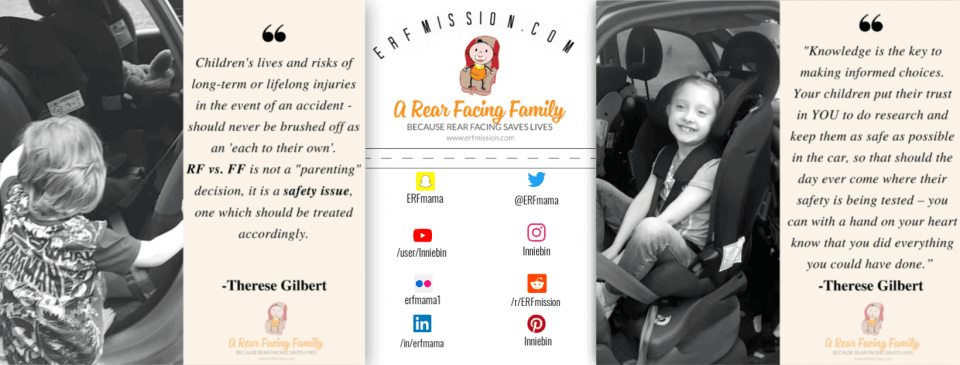How to Childproof Your Car
Thanks to countless books, magazines, parental guides and television shows, most parents now realize that one of their first priorities to ensure the safety of their child is to make sure their home is adequately childproofed. That all of the outlets are covered, all of the cleaning supplies are put up and that a safety device is installed on the toilet. However, what many people don’t realize is that the home isn’t the only area that needs to be childproofed. You also have to ensure that your car is child safe; a task that can be easily accomplished by following these easy 6 steps for childproofing your car.
![]()
1. The Car Seat
The car seat is one of the most important pieces of safety equipment that you’ll ever own, but it must be installed and used correctly in order to ensure that your child is as safe as possible. Here are some basic car seat guidelines that will help ensure the safety of your child while they are in the car:
Second Hand Seating
Make sure that your car seat is new. While buying a seat at a garage sale or at a thrift store might seem like a good way to save some money, it can turn out to be very dangerous for your child. Used car seats can have pieces missing, may have been previously recalled or may have unseen damage. Also, plastic can deteriorate over time, so it’s important that your child’s car seat isn’t too old. If it is, then it is quite possible that is may become brittle and break during an accident.
Buy The Correct Seat
Make sure that your child seat is the correct model and size for you child’s height, weight and age. This will ensure that your child fits in it correctly, which in turn helps minimize the risk of injury during an accident.
Properly Install The Seat
The National Highway Safety Administration reports that 75% of car seats in U.S. are improperly installed—which could lead to severe injury or even death of the child. Therefore, it’s imperative that the following is taken into consideration:
1) The seat must be positioned in the middle of the back seat
2) You must follow all instructions provided by the manufacturer
3) The child should be adequately buckled in and secure using all latches or belts required.
2. The Car Locks
Another step to take to ensure the safety of your child is to engage your child locks. While some vehicles have an automatic locking system, others have to be engaged manually. Be sure to read your vehicle’s manual thoroughly to ensure that you have set this feature correctly.
3. Remove Dangerous Or Loose Items
Try to examine your vehicle from the perspective of a child and look for anything that may pose a risk. This can include small items—such as pennies and paper clips—which could be possible choking hazards, and it may also include larger items—such as toys or cup holders—which may present a danger by being tossed around the vehicle’s cabin during an accident. You will also want to ensure that any potentially poisonous liquids, such as windshield cleaners or car cleaners, are removed from under the seats, seat pockets or from out of the center console.
4. Provide Entertainment
Make sure that you pack toys and other forms of entertainment for your child, especially on longer trips. By providing your children with entertainment, you are reducing the risk that they will become bored and want to play with their safety latches or door locks. Just be sure that any toys or books you bring along are soft, so that if there’s an accident they are less likely to cause injury.
5. Beware The Sun
While your vehicle’s solar tinting reduces the effect of the sun on your child’s skin, it is not a perfect solution. A child’s skin is much more delicate than an adults and precautions need to be taken to prevent a nasty sunburn. A practical solution is to install a sunshade, either one that adheres to the glass itself or a cloth one. This will prevent your child from getting too much sun and/or getting a burn.
6. Never Leave Your Child Alone
Your child should never be left alone in the car, not even for a moment. A child left alone in a vehicle is at serious risk for heat stroke—even in relatively milder temperatures and even with the window cracked. Therefore, always make sure that you take your child in with you and that you make it a habit of checking the back seat whenever you exit the car.
As you can see, childproofing your vehicle doesn’t require a huge commitment of energy or money. All that is required is a little bit of time, a discerning eye and a little bit of concern for the safety of your child. If you follow these simple steps, and keep distractions in the vehicle down as much as possible, then all of your road trips—regardless of whether they are long trips or short ones—will be a whole lot safer.
Guest post by: David Moss. Freelance automotive writer from Detroit,USA.

Therese has completed the ‘Advanced Child Car Seat Training Course’ at TRL (Transport Research Lab) and is a CPD accredited car seat expert. She blogs about in-car safety, car seats, tips, reviews, giveaways and advice. She’s a mum on a mission to change the law and raise awareness. She is also a breastfeeding advocate and gentle parenting promoter who loves cloth nappies, baby-wearing, BLW and co-sleeping/bed-sharing.

